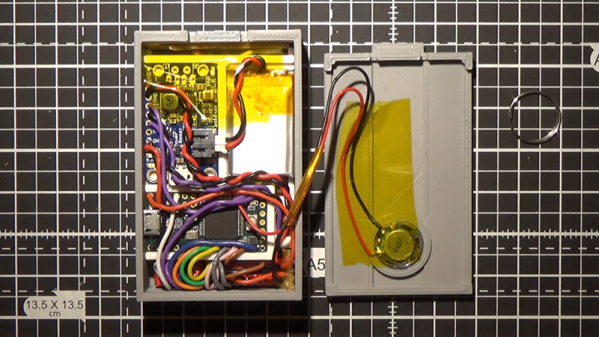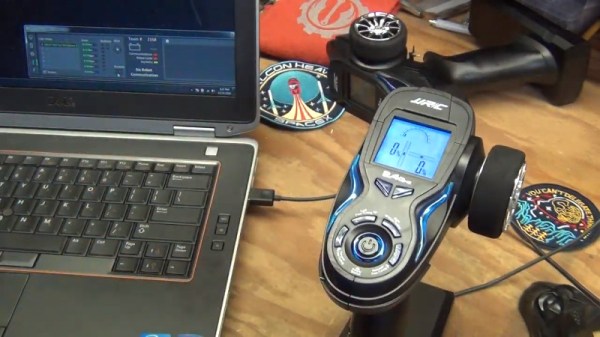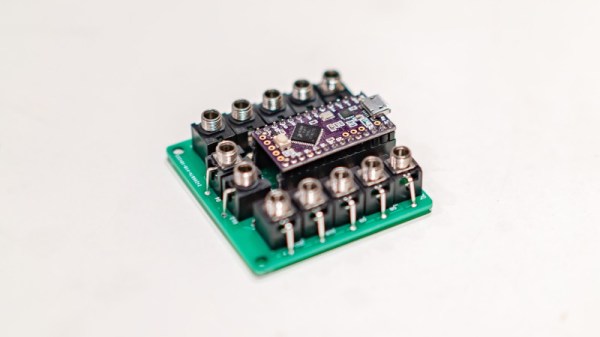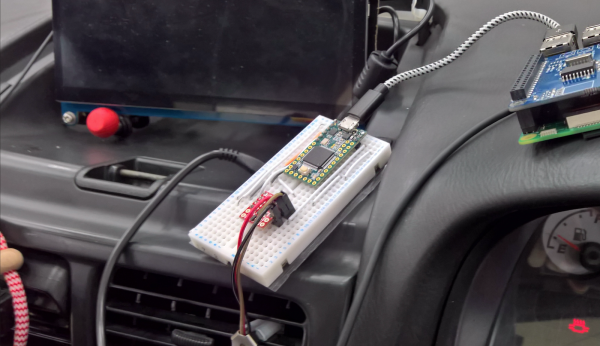There’s a lot of debate over which of several contenders was the first modern computer. One of those first operating computers was the University of Cambridge’s EDSAC — the brainchild of Dr. Maurice Wilkes. The EDSAC scored a lot of firsts and used a serial data path along with mercury delay line memories. Over on Hackaday.io, [David Boucher] wanted to simulate the EDSAC in a much smaller form factor than the original room full of racks.
As you can see in the video below, he succeeded in that task, using a Teensy and a small LCD display. We’re reminded EDSAC was among the first machines so some of the terms we would employ were not in use yet. An order is an instruction, for example. Initial orders are akin to a bootloader. Continue reading “Is That A Vintage Computer In Your Pocket?”

















